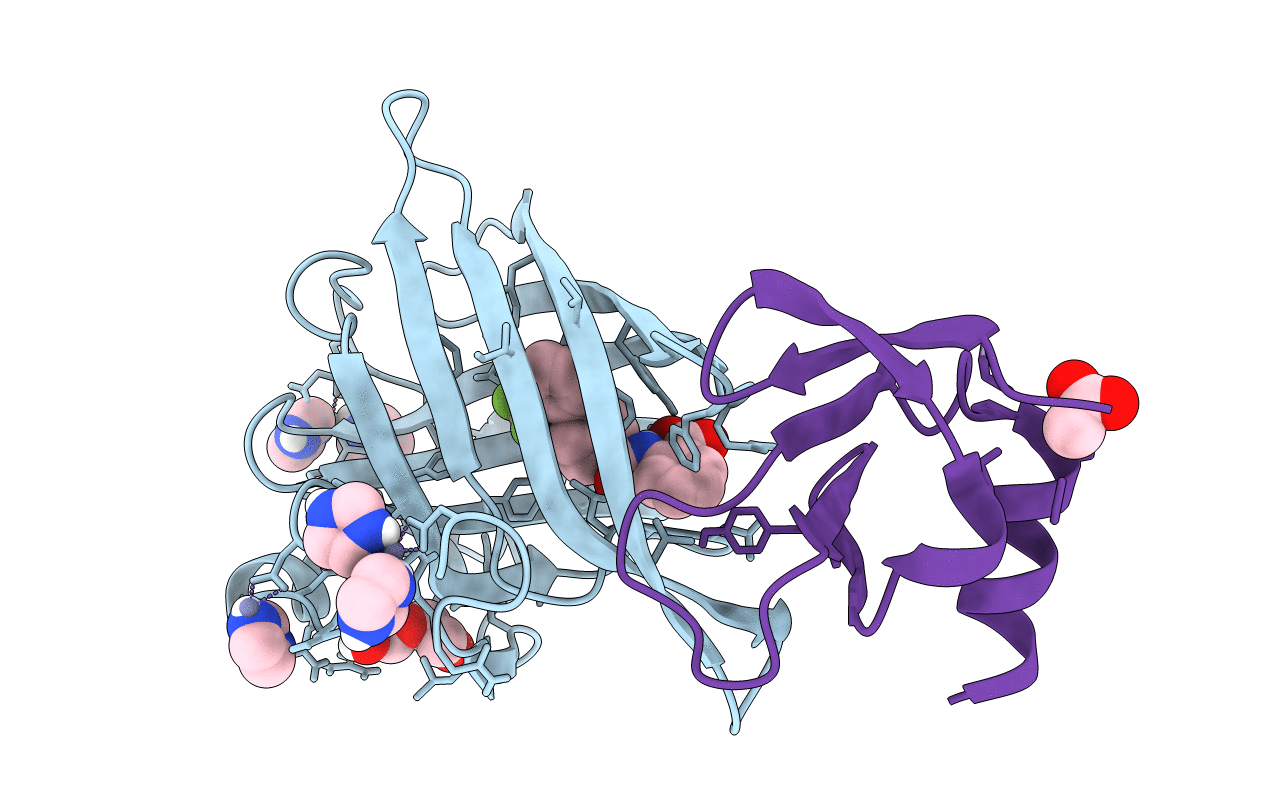
Deposition Date
2018-12-20
Release Date
2020-06-03
Last Version Date
2024-11-06
Entry Detail
PDB ID:
6QBA
Keywords:
Title:
Crystal Structure of Retinol-Binding Protein 4 (RBP4) in complex with non-retinoid ligand A1120 and engineered binding scaffold
Biological Source:
Source Organism:
Homo sapiens (Taxon ID: 9606)
Sulfolobus solfataricus (Taxon ID: 2287)
Sulfolobus solfataricus (Taxon ID: 2287)
Host Organism:
Method Details:
Experimental Method:
Resolution:
1.80 Å
R-Value Free:
0.22
R-Value Work:
0.18
R-Value Observed:
0.19
Space Group:
P 21 21 21


